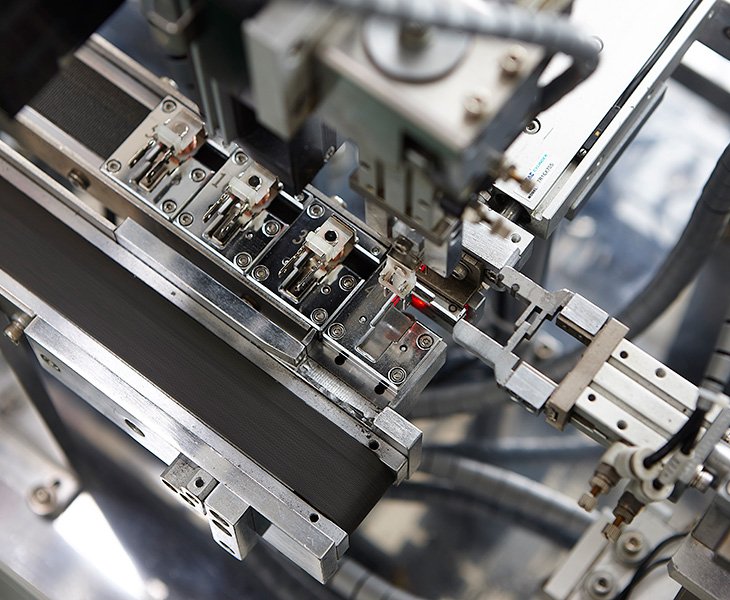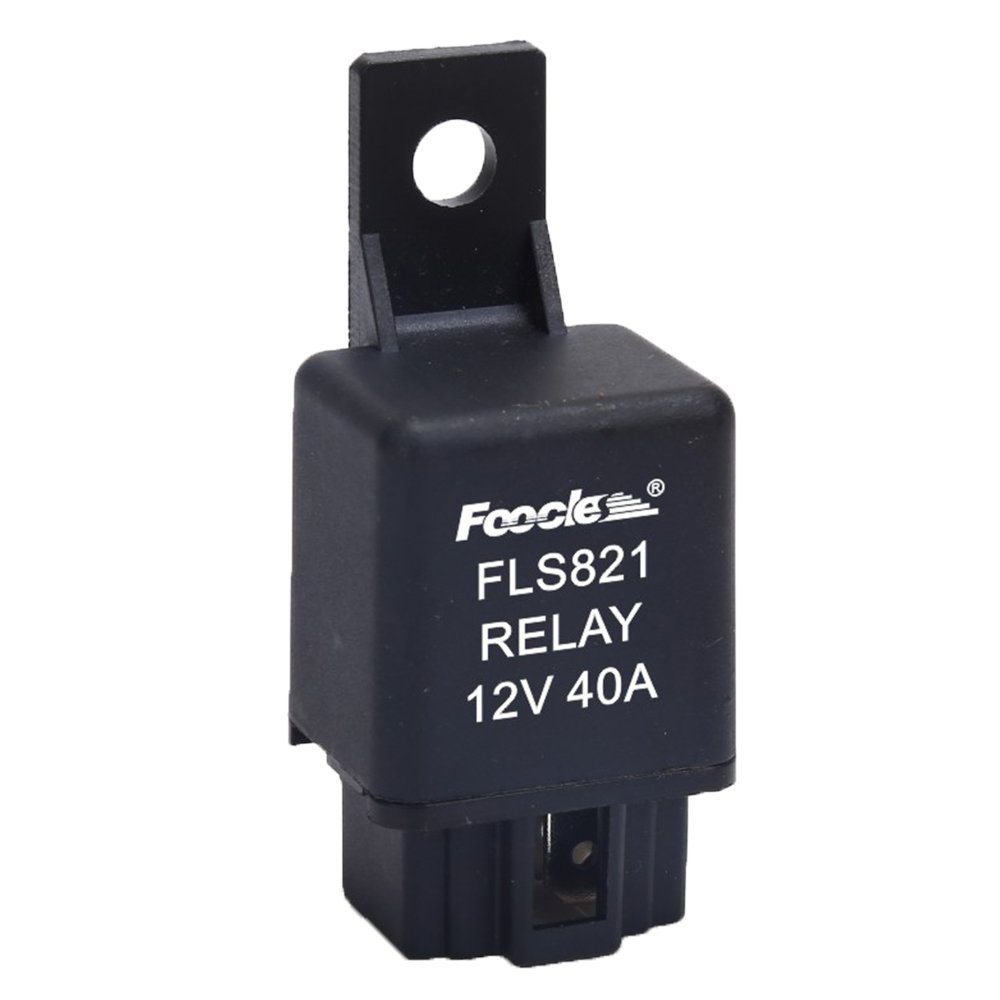Smart Compatible Air Conditioning Relay
Foocles air conditioning relays can carry a rated current of 40A and support 12VDC/24VDC or 220V control voltage, making them suitable for a variety of HVAC systems and reliable control of various high-power fans and compressors.
Our air conditioning relays can also be combined with advanced micro controllers to achieve timed switching and remote intelligent management. For example, in summer or winter, you can remotely control the air conditioner to regulate the temperature inside the car.
Model of Air Conditioning Relay
Highlight of Foocles Automotive Air Conditioning Relay

It can withstand more than 100,000 switching cycles under rated load.

Plug-in, snap-in or PCB types can be selected as needed.

Rated 40A high current load supports long-term operation of the air conditioning relay.

Multiple air conditioner relays can be connected to the electrical control box to manage functions such as on/off and gear selection.
Foocles Plug-and-Play Air Conditioning Relay
Our air conditioning relays are precisely designed and tested to meet automotive component specifications and can be directly adapted and installed.
Since obtaining IATF 16949 certification in 2015, we have always believed that maintaining consistent product quality is the best way to build trust with our customers.


Diverse Integrated Control Methods
Direct connection to the vehicle ECU enables compressor clutch management, while a air conditioner relay series connection allows for selectable fan speeds. A real-time temperature sensor automatically activates the condenser fan.
If you want to seamlessly integrate relay control into other systems, it is best to consult our customer service team, who can offer advice based on their extensive technical experience.
It acts as a high-current power switch, preventing switches or sensors from directly bearing the load current, thereby extending service life and reducing maintenance costs.
Yes, you can, but you need to confirm the relay model, voltage, current, mounting pin, etc. Incorrect installation may cause more serious problems with the device.
Using a multimeter to measure the resistance of the relay coil and the continuity of the contacts, or directly replacing the relay for testing, are common methods.




